- April 22, 2024
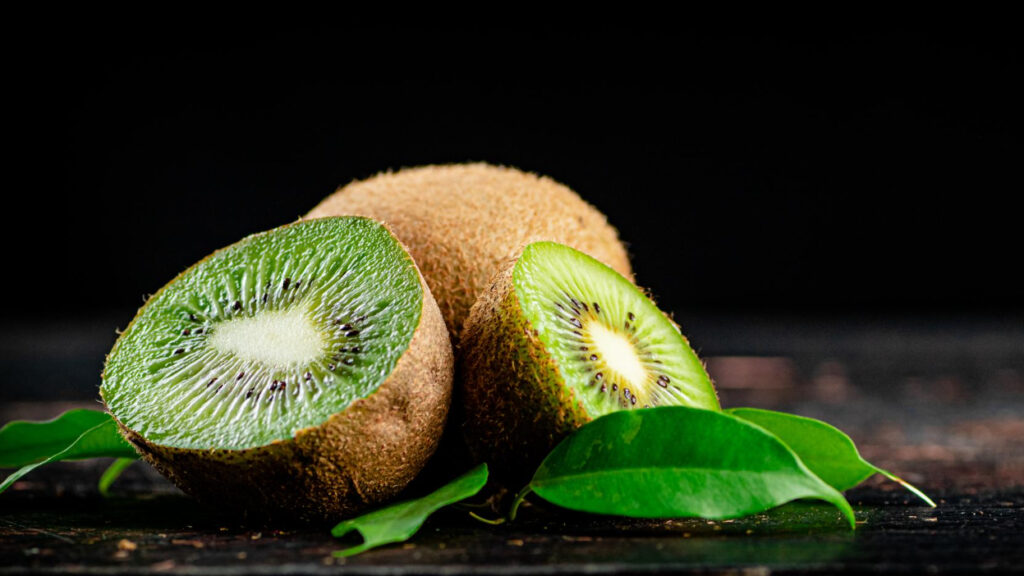
Companion planting for kiwi is an experience-based observation developed over centuries. People have noticed that planting certain plants side by side has a positive effect on each other, increasing the quality and quantity of the harvest. Companion planting is not set in stone and it is the least you can do for your plants. You can get the right care from the individual plant article. You can see the companion and the enemy plants of kiwi below.
| Companion plants for kiwi | Enemy plants of kiwi |
|---|---|
| Blueberry | Eggplant |
| Grape | Pepper |
| Raspberry | Potato |
| Lemon balm | Sweet Potato |
| Lavender | Tomato |
Why does companion planting work?
Companion planting works due to several interconnected factors:
Pest Control: Certain plants emit natural chemicals or scents that repel pests, effectively acting as natural pest deterrents for nearby plants. This reduces the need for chemical pesticides and fosters a more balanced ecosystem.
Attracting Beneficial Insects: Some companion plants attract beneficial insects like ladybugs, hoverflies, and predatory wasps, which feed on common garden pests. This creates a natural form of pest control and helps maintain ecological balance.
Soil Improvement: Different plants have varying root structures and nutrient requirements. Companion planting can enhance soil health by reducing soil erosion, suppressing weeds, and improving nutrient uptake. For example, leguminous plants fix nitrogen in the soil, benefiting neighboring plants that require nitrogen for growth.
Competition Reduction: Companion planting can help reduce competition for resources such as water, sunlight, and nutrients by utilizing plants with complementary growth patterns and root structures. This allows for more efficient resource utilization and healthier plant growth.
Biodiversity and Resilience: Planting diverse species together increases biodiversity in the garden, which can enhance ecosystem resilience. A diverse ecosystem is better equipped to withstand pests, diseases, and environmental stresses compared to monocultures.
Maximizing Space: Companion planting allows gardeners to make the most of limited space by intercropping plants with different growth habits and maturity rates. This maximizes yield per square foot and promotes efficient land use.
Overall, companion planting capitalizes on the natural synergies between plant species, creating a thriving and sustainable garden ecosystem.
What are the companion plants of kiwi?
The following plants have positive effects on the growth of your kiwi. These plants can repel pests that damage your plants. These plants provide increased nutrition to the soil that your plants can use. Therefore, we recommend planting these plants next to your kiwi.
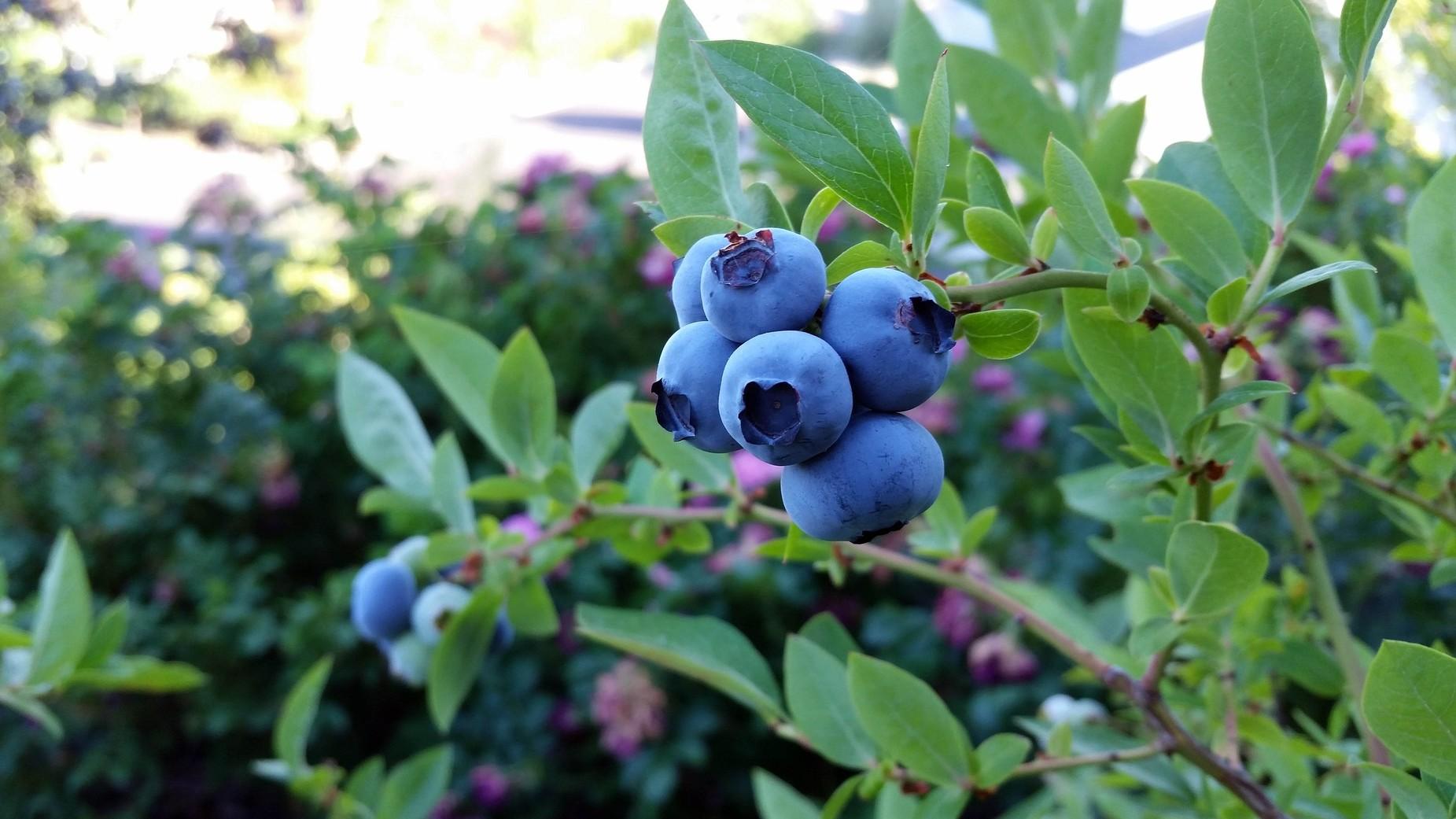
Blueberry
Blueberries, renowned for their exquisite taste and nutrient-packed profile, thrive amidst lush foliage. They flourish in acidic soil with good drainage, ideally maintaining a pH level between 4.5 and 5.5. Abundant sunlight and consistent moisture levels foster optimal growth and fruit development. Belonging to the Ericaceae family, alongside esteemed counterparts such as cranberries and rhododendrons, blueberries epitomize the harmonious fusion of flavor and nourishment within the natural world's abundance.

Grape
Grapes thrive in a range of soil compositions, favoring well-drained, loamy soil with a pH between 5.5 and 6.5. They flourish in full sunlight, producing vibrant green foliage and clusters of juicy grapes. Beyond their sweet bounty, grapes contribute to soil health, attract beneficial insects, and offer versatile culinary possibilities, from fresh snacks to fine wines.
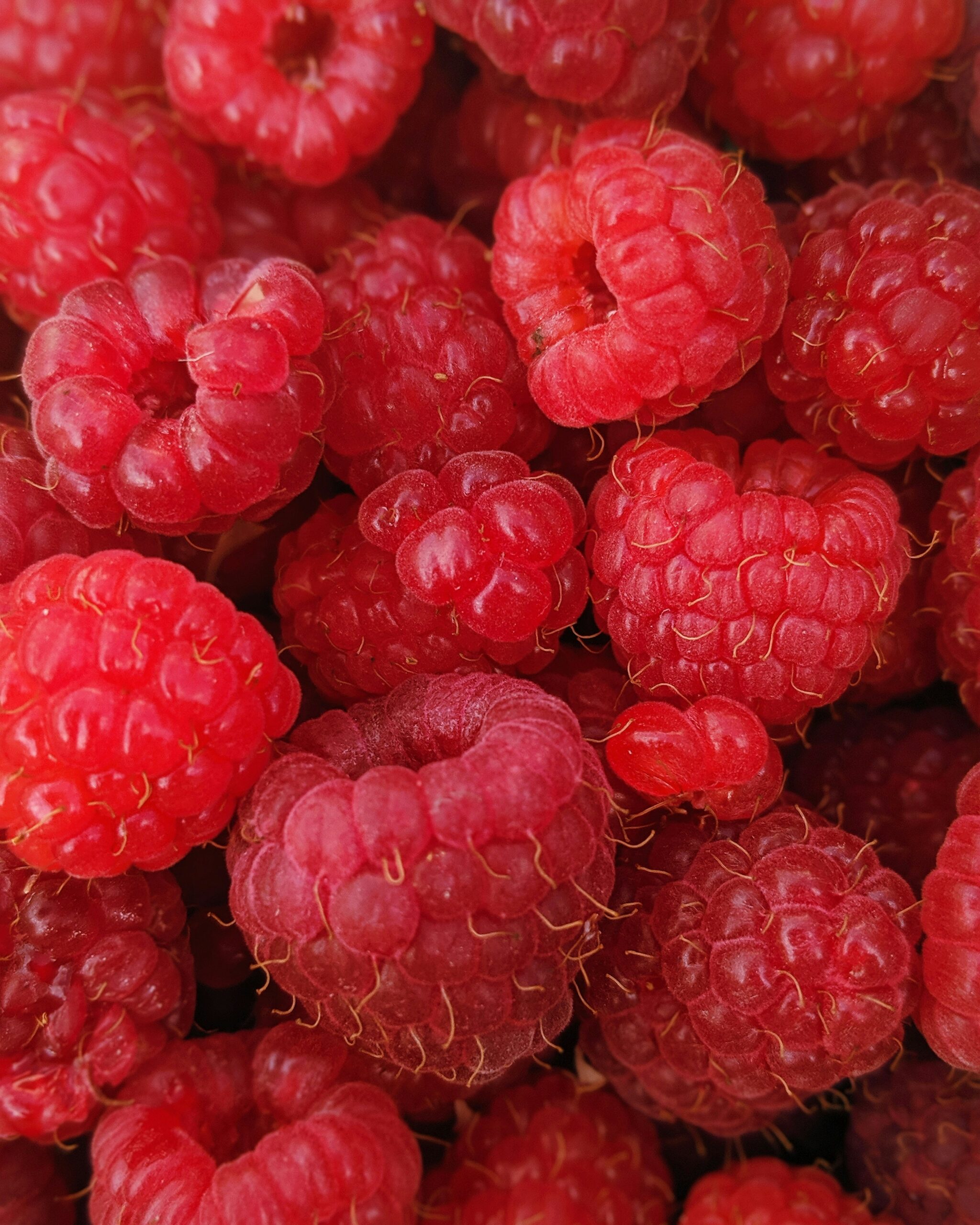
Raspberry
Raspberries like various soil conditions. Flourishing in well-drained, loamy soil with a pH range between 5.5 and 6.5. Full sunlight and consistent moisture nurture their vigorous canes and abundant fruiting. Raspberries provide invaluable benefits to neighboring plants by attracting pollinators, enhancing garden aesthetics, and contributing to overall biodiversity.
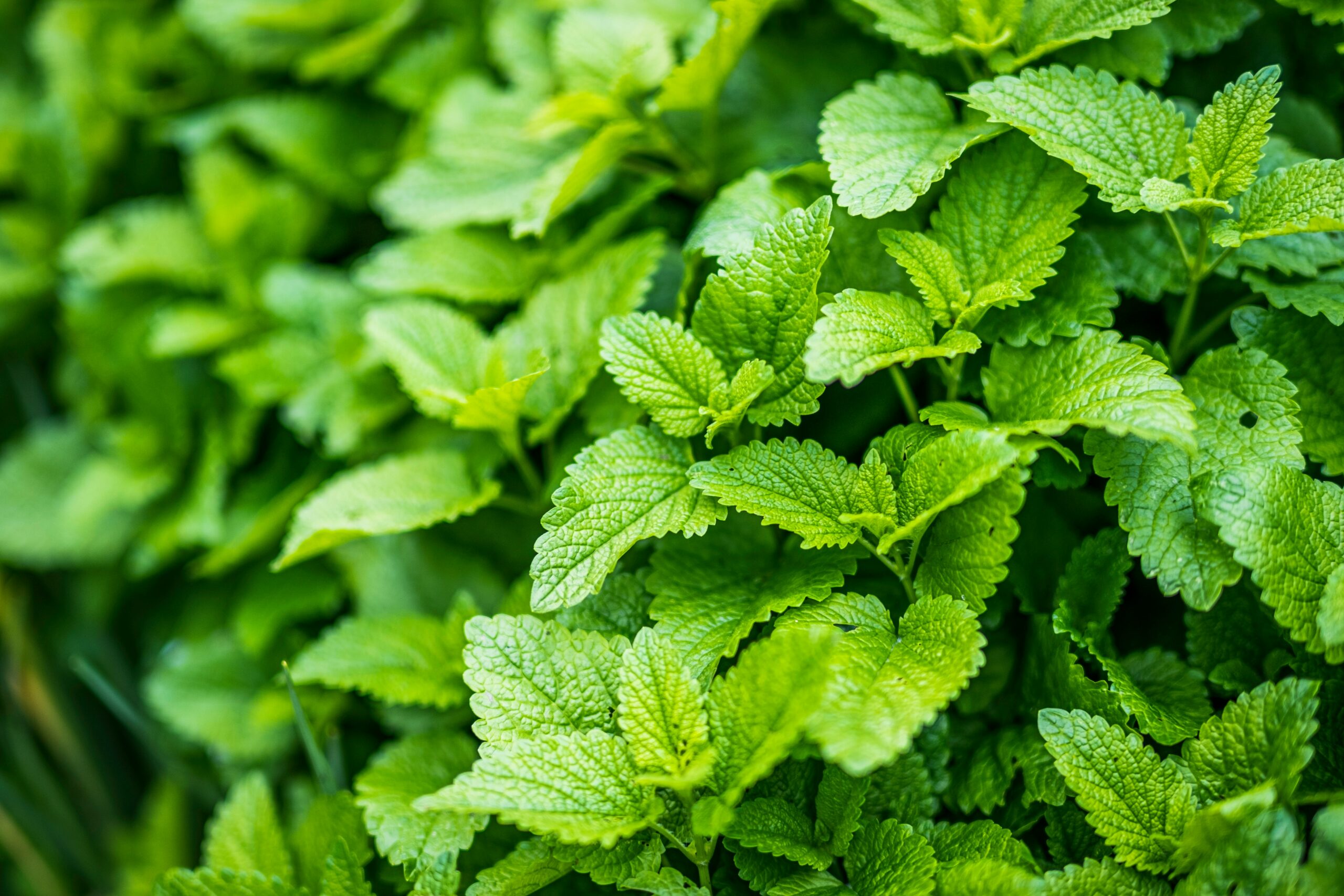
Lemon balm
Lemon Balm thrives in various soil conditions. Flourishing in well-drained, loamy soil with a pH range between 6.0 and 7.0. Partial shade and consistent moisture nurture its lush foliage and delicate blooms. Lemon Balm offers invaluable benefits to neighboring plants by attracting beneficial insects, repelling pests, and promoting a sense of calm in the garden.
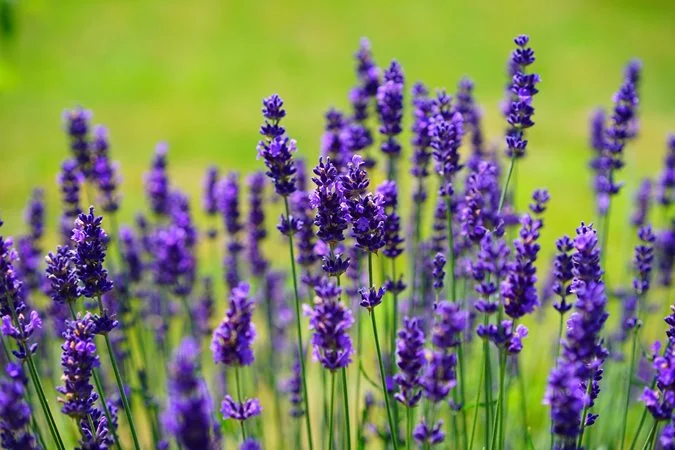
Lavender
Lavender thrives in various soil conditions. Flourishing in well-drained, alkaline soil with a pH range between 6.5 and 7.5. Full sunlight and good air circulation nurture its delicate flowers and aromatic foliage. Lavender provides invaluable benefits to neighboring plants by repelling pests, attracting pollinators like bees and butterflies, and promoting relaxation and tranquility in the garden environment. Belonging to the Lamiaceae family, alongside esteemed companions like rosemary and mint, lavender symbolizes the natural elegance and serene beauty found within the garden's sanctuary.
What should you not plant next to kiwi?
Planting these plants next to kiwi have huge negative effects on the development of your plant. Growing enemy plants can appeal detrimental insects, change the taste of the grown plant and even consuming all of the nutrients and water from your kiwi. Because of these negative effects, we don’t recomment growing the plants below next to your kiwi.
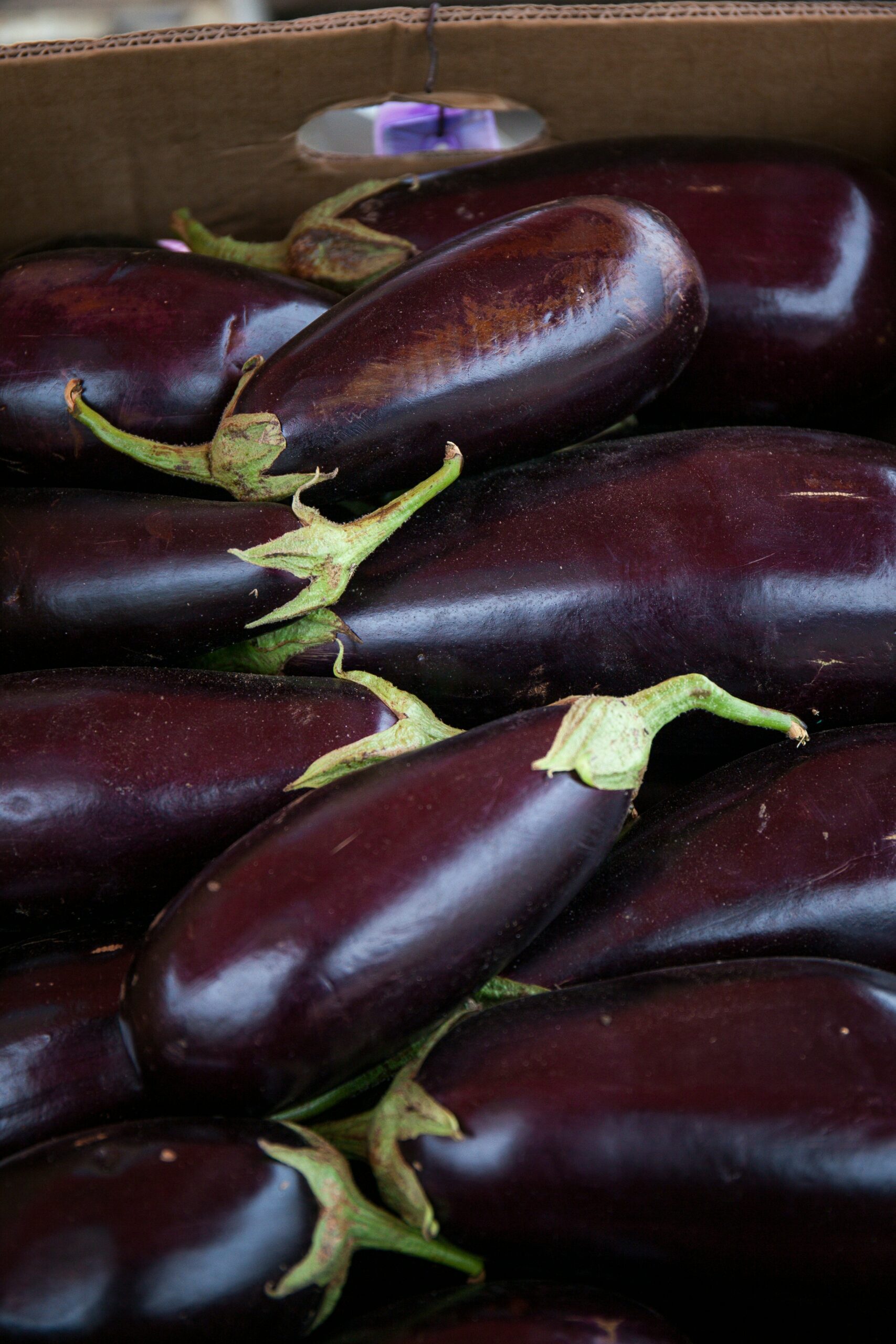
Eggplant
Eggplant thrives in well-drained, loamy soil under the nurturing warmth of sunlight. Flourishing in fertile earth enriched with organic matter, it embodies resilience and grandeur. Consistent moisture and adequate spacing support robust growth and prolific fruiting. Eggplant provides general benefits to neighboring plants by shading the soil, reducing weed growth, and promoting overall garden health.
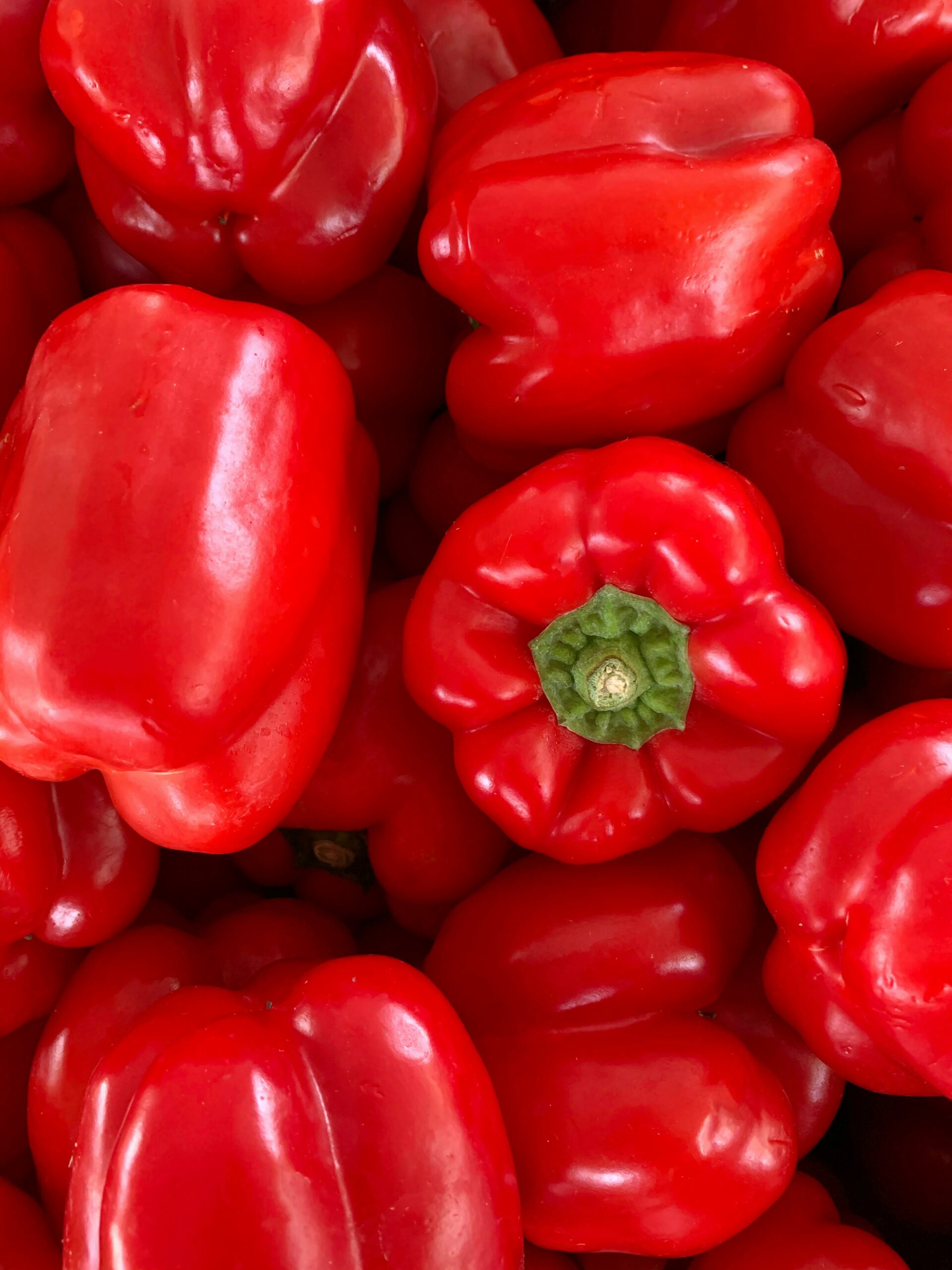
Pepper
Peppers expand in diverse soil conditions. Flourishing in well-drained, loamy soil with a pH range between 6.0 and 7.0. Full sunlight and consistent moisture nurture their vibrant foliage and prolific fruiting. Peppers provide invaluable benefits to neighboring plants by deterring pests with their pungent compounds, attracting pollinators, and adding diversity to the garden landscape.
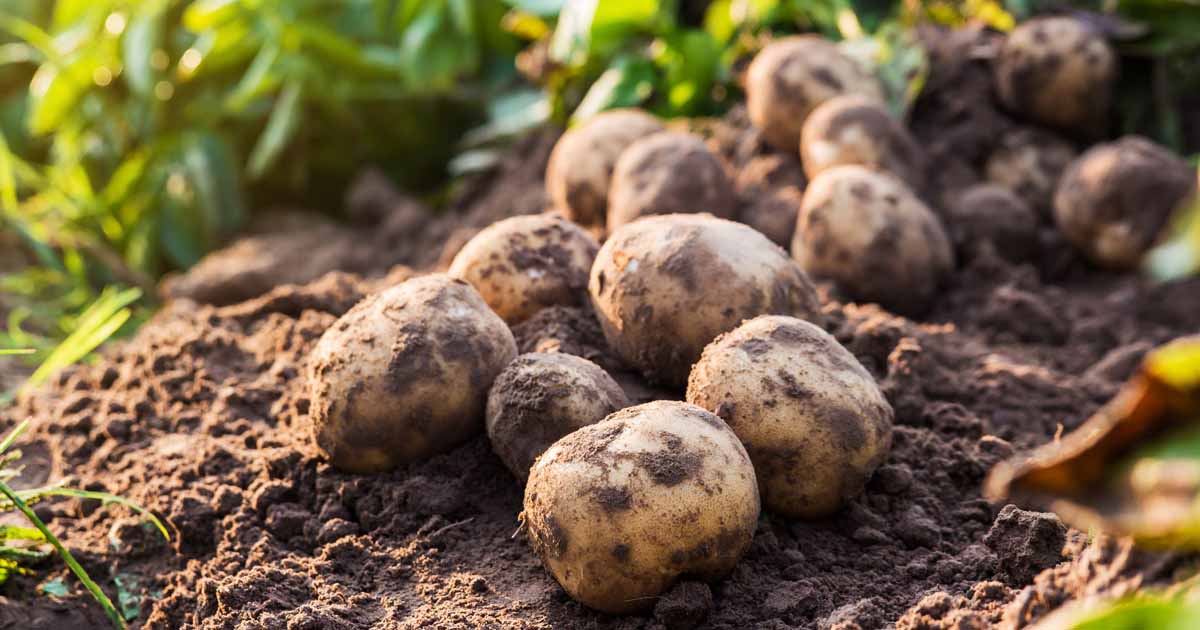
Potato
Potatoes grows in loose soil with a pH range between 5.0 and 7.0. Full sunlight and consistent moisture nurture their lush foliage and tuber development. Potatoes provide invaluable benefits to neighboring plants by improving soil structure, suppressing weed growth, and adding nutrients to the soil when left to decompose.
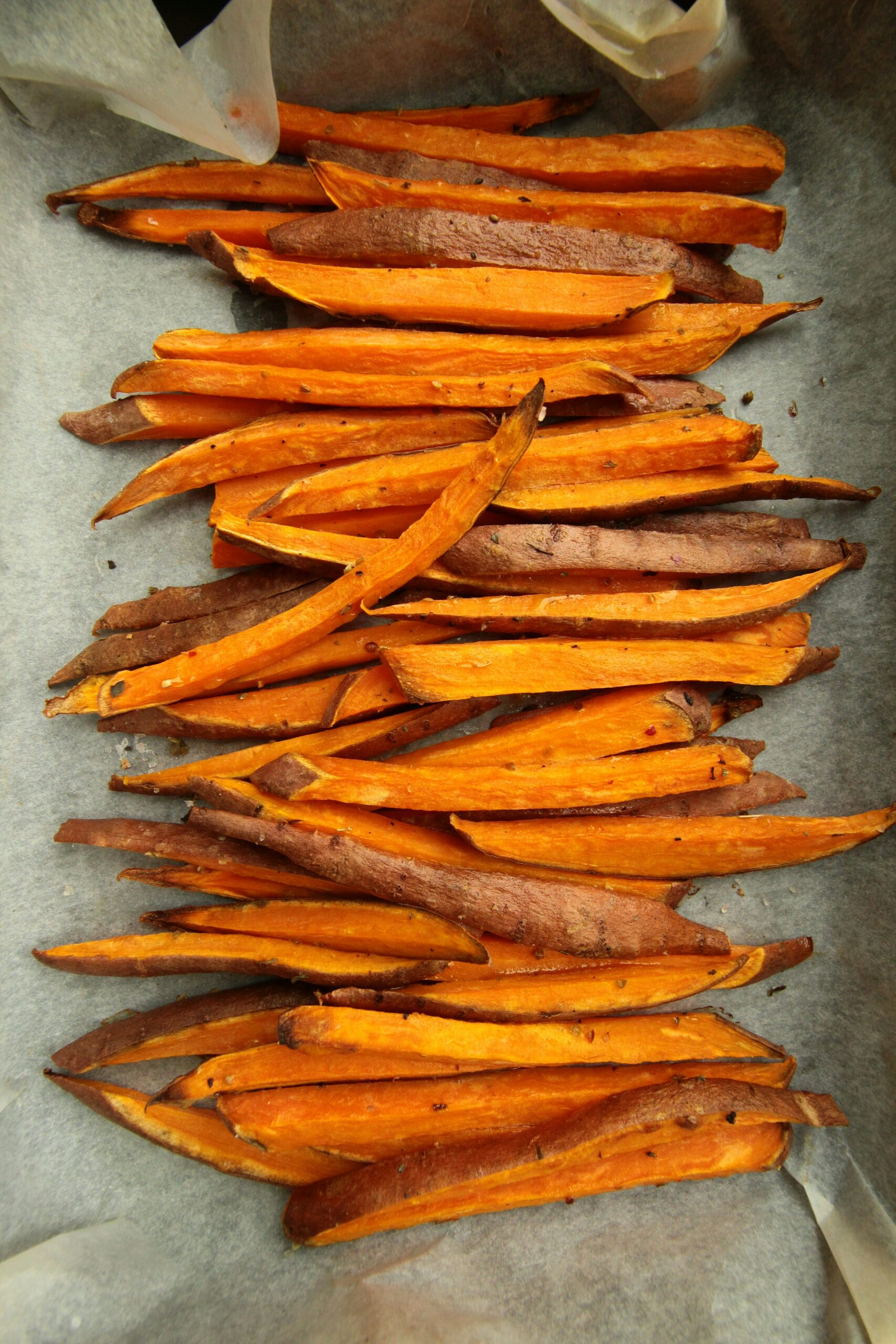
Sweet Potato
Sweet potatoes grow in sandy or loamy soil with a pH range between 5.8 and 6.5. Full sunlight and consistent moisture nurture their sprawling vines and prolific root development. Sweet potatoes provide invaluable benefits to neighboring plants by improving soil structure, suppressing weed growth, and adding nutrients to the soil when left to decompose.
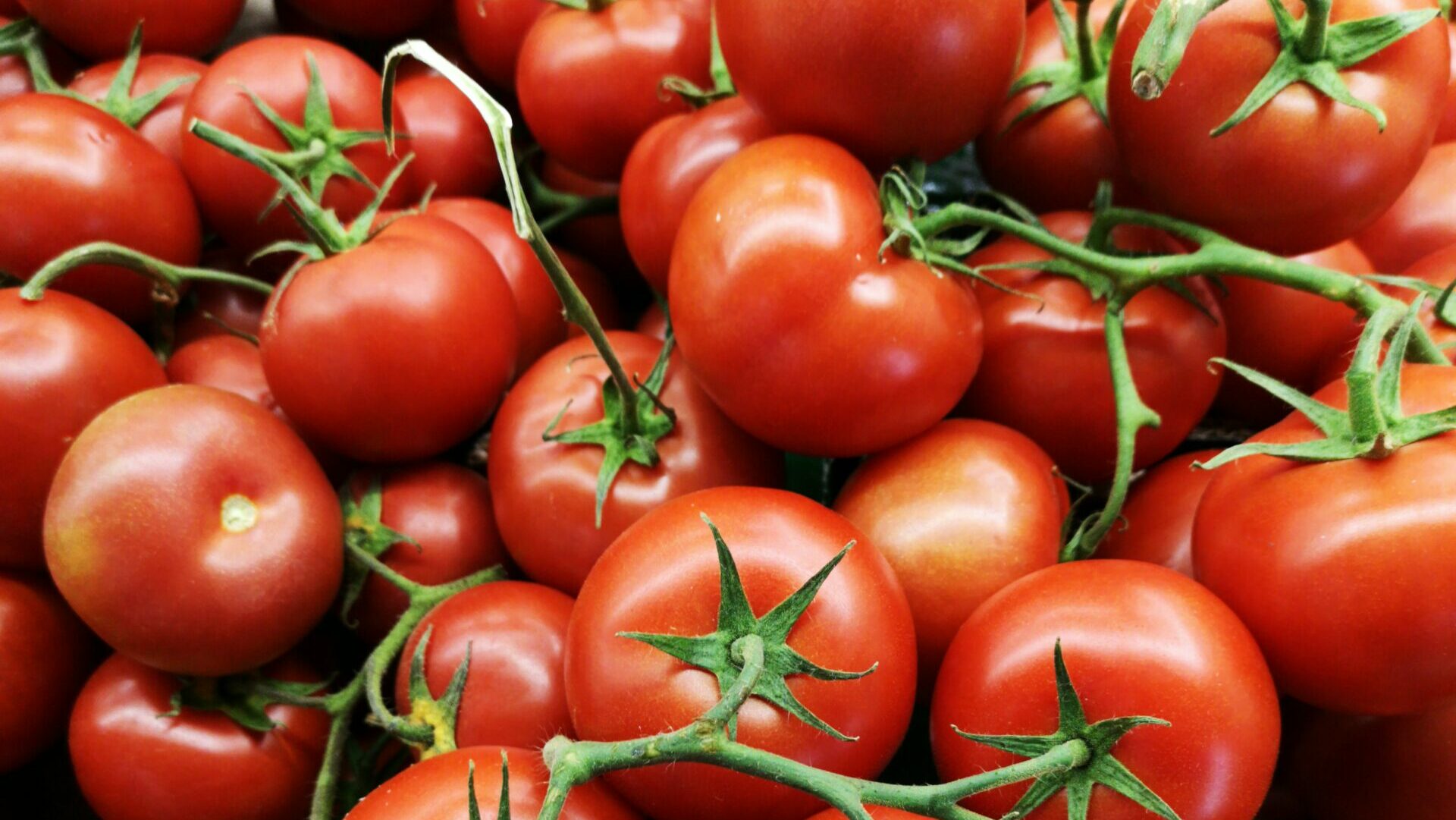
Tomato
Tomatoes thrive in various soil conditions. Flourishing fertile soil with a pH range between 6.0 and 7.0. Full sunlight and consistent moisture nurture their sprawling vines and abundant fruiting. Tomatoes provide invaluable benefits to neighboring plants by attracting pollinators, suppressing weed growth with their dense foliage, and adding richness to culinary dishes.
